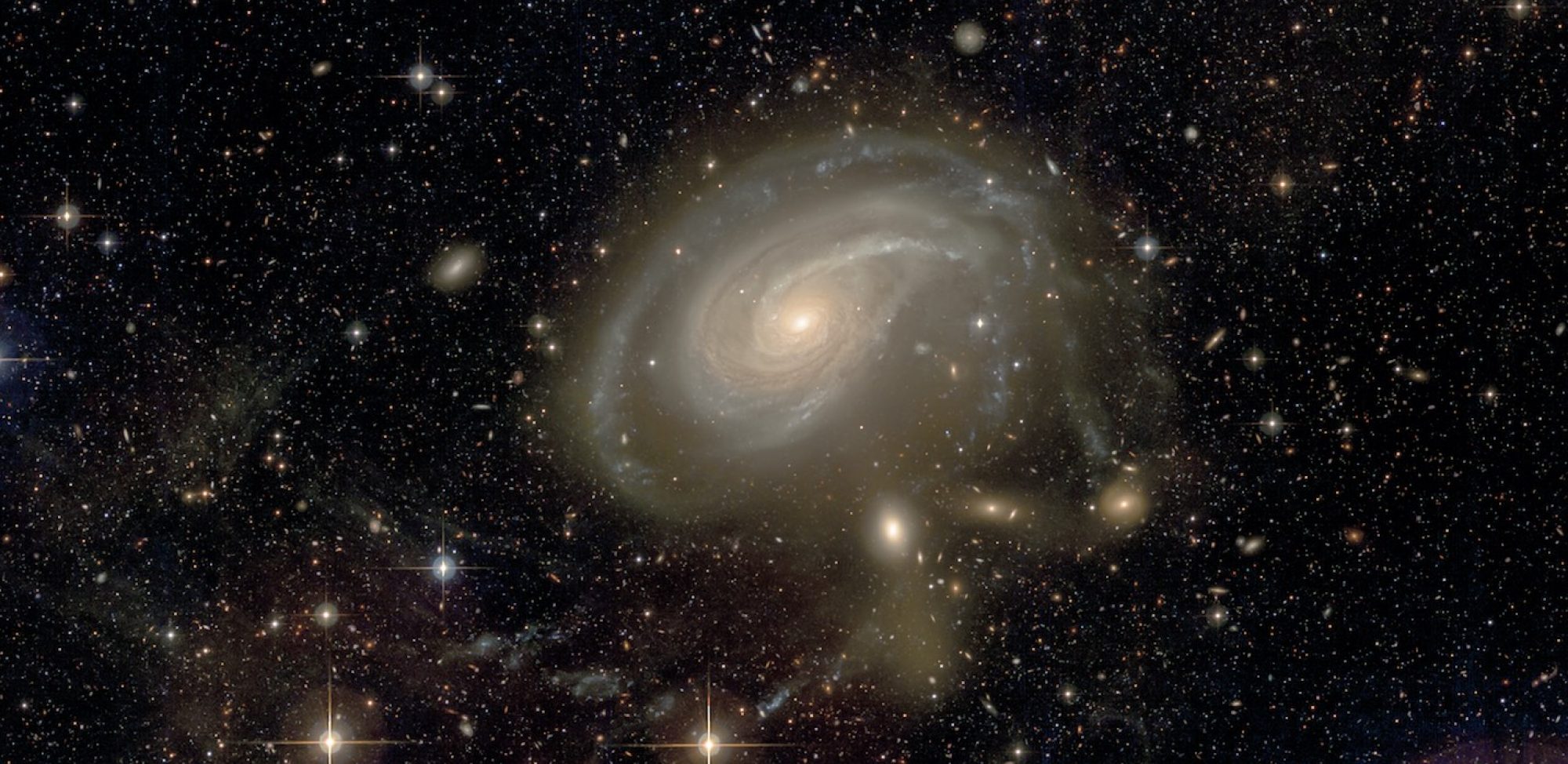
Universal stellar mass- metallicity relation
Dwarf galaxies have been extensively studied in the Local Group, in nearby groups, and selected clusters, giving us a robust picture of their global stellar and dynamical properties in particular locations in the Universe. Intense study of these properties has revealed correlations between them, including the well known universal stellar mass-metallicity relation. However, since dwarfs play a role in a vast range of different environments, much can be learned about galaxy formation and evolution through extending the study of these objects to various locations. We present MUSE spectroscopy of a sample of 56 dwarf galaxies as a follow-up to the MATLAS survey in low-to-moderate density environments beyond the Local Volume.
The dwarfs have stellar masses in the range of M∗/M⊙�∗/�⊙ = 106.16.1-109.49.4 and show a distance range of D = 14-148 Mpc, the majority (75%) of which are located in the range targeted by the MATLAS survey (10-45 Mpc). We thus report a 75% (79% for dwarf ellipticals) success rate for the semi-automatic identification of dwarf galaxies in the MATLAS survey on the here presented subsample. Using pPXF full spectrum fitting, we determine their line-of-sight velocity and can match the majority of them with their massive host galaxy. Close inspection of their spectra reveals that ~30% show clear emission lines and thus star formation activity. We estimate their stellar population properties (age and metallicity) and compare our results with other works investigating Local Volume and cluster dwarf galaxies. We find that the dwarf galaxies presented in this work show a systematic offset from the stellar mass-metallicity relation towards lower metallicities at the same stellar mass. A similar deviation is present in other works in the stellar mass range probed in this work and might be attributed to the use of different methodologies for deriving the metallicity.
Heesters et al., 2023, A&A 676, 33

